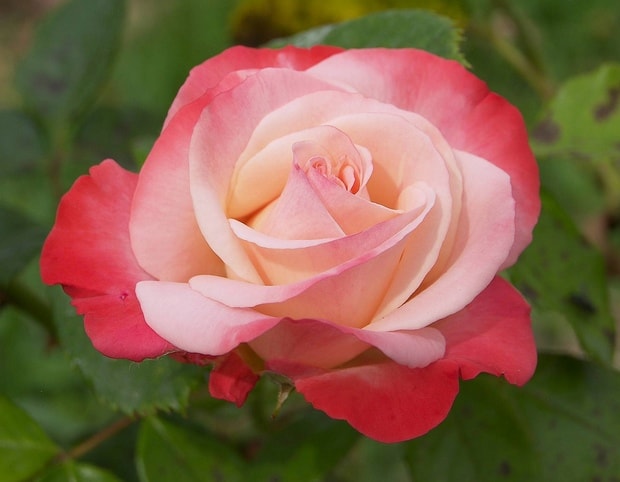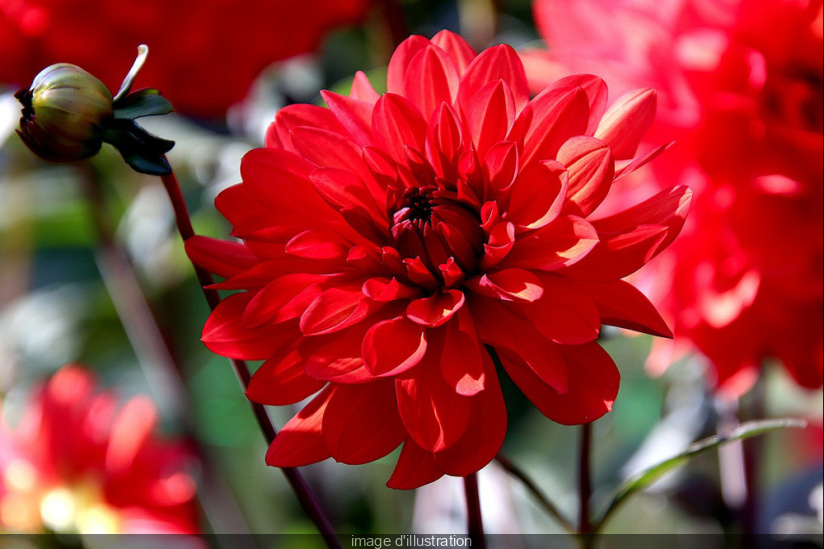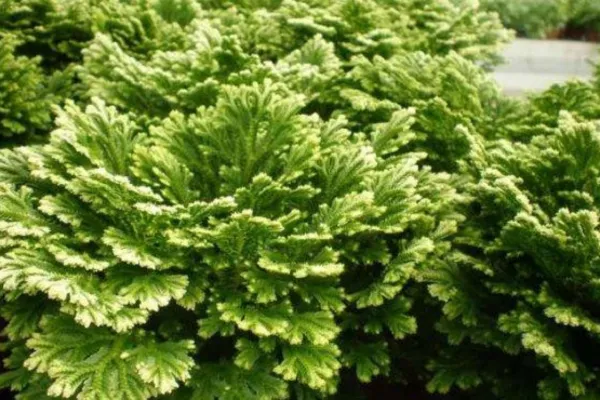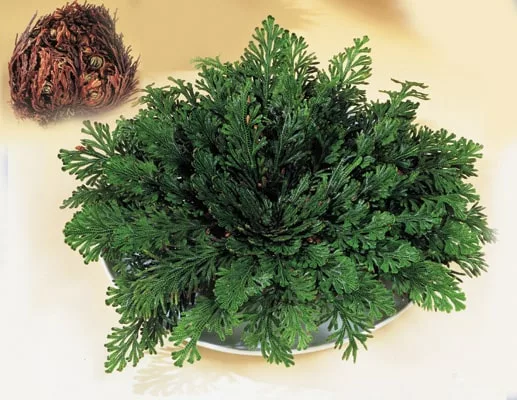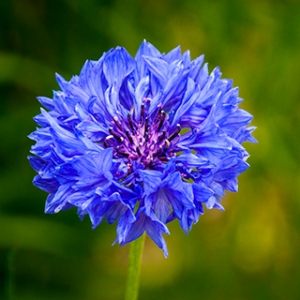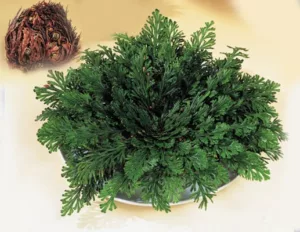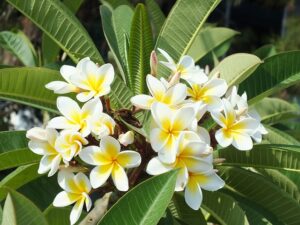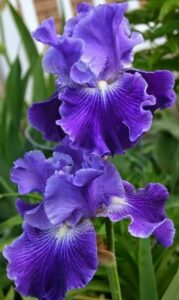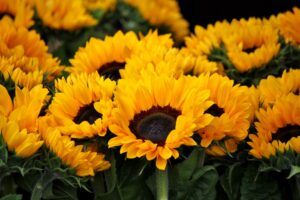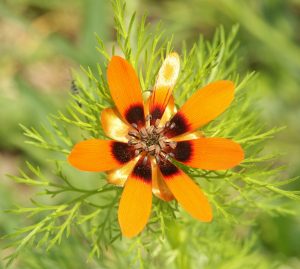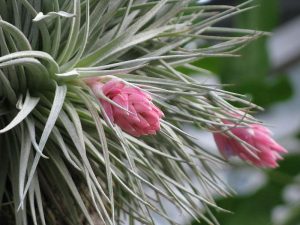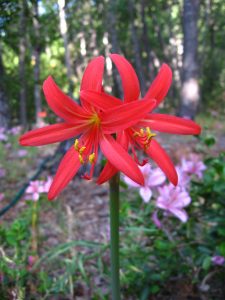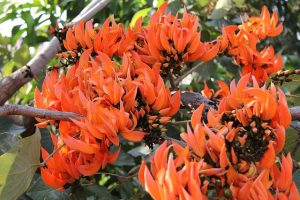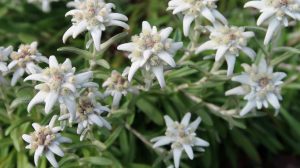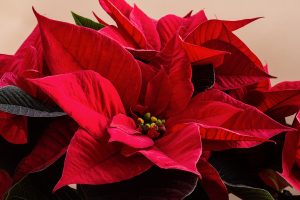The ancient rosebushes
Previous articles discussed the classifications of roses from the “gardener” point of view and specifically addressed the topic of wild roses. In today’s article we will talk about the second classification, the ancient rosebushes.
The ancient rosebushes
They are the varieties of roses that existed before 1867, when the first Tea Hybrid appeared (“La France”).
They are little known by the public, but little by little they are used more, because they are incredibly strong and robust. These flowers do not require much care and have fewer problems of pests and diseases.
The ancient Roses are classified into 13 main groups:
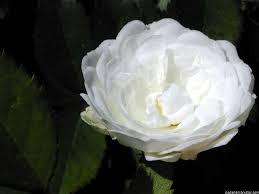
Alba
The Alba Roses are more commonly known as White Roses. These plants are very old hybrids whose origin is calculated prior to the Roman Empire. It is considered that they appeared as a derivation of the Canina rose and the Damascena rose. It is named for the color: all its varieties fluctuate from pure white to pink. Its perfume is also very intense.
These plants bloom in summer and their leaves are very copious and luminous, of a grayish green. The chalice of these roses is very long, protruding from the petals even with the flower open. The flowers are semidouble, flat when opened, revealing completely the golden anthers. These plants tolerate shade well, are very resistant to diseases and endure drought. The stems are densely populated with curved thorns and stiff bristles.
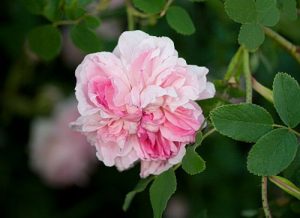
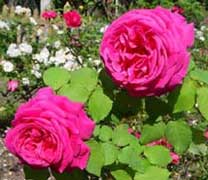
Bourbon roses, also called Borbonianos or Rosal Borboniano are originated in the «Île Bourbon» (now called Réunion Island) off the coasts of Madagascar, in the Indian Ocean. It is believed to be the result of a cross between the damask rose of autumn and the Chinese rose ‘Old Blush’. These were the genetic material in the crosses that happened fortuitously on the island.
These old rosebushes are open and very vigorous development, can be shaped as climbers. They generally produce double flowers, which usually appear in groups of 3 from summer to autumn. They are usually used for borders and also for the decoration of walls and columns. They do not require much care since they have few problems of pests and diseases.
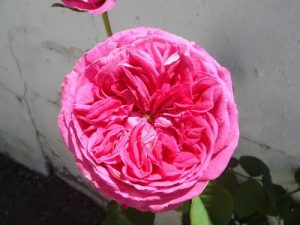
These roses usually have a very intense and pleasant aroma. The shape of the flower, globular, began being little more than semidoble. But it evolved to become very double and sophisticated due to the search for the perfection of the breeders.
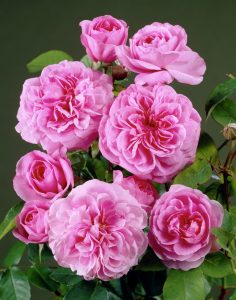
Centifolia
The rose centifolia, also called rose of Provence, rose cabbage or rose of a hundred leaves (it talks about to the petals) or rose of May is a hybrid of rose obtained in century XVII in Holland.
The individual plants are for appearance thorny shrubs, growing from 1.5 to 2 m in height, with a long fall of reeds and leaves pinnate grayish green with 5 to 7 leaflets.
The flowers are round and globular, with numerous thin petals superimposed that are very perfumed. They are also pink, less white often dark purple red. These plants usually bloom in summers and their leaves are usually dark green.
The rose centifolia has, since time immemorial, various cosmetic and medicinal uses. Rose water is usually obtained from the petals of the rose centifolia, and is used in cosmetics, medicine and gastronomy. In Iran, its use is very common in the production of sweets and also as an additive in tea, to enhance the flavor of the infusion.
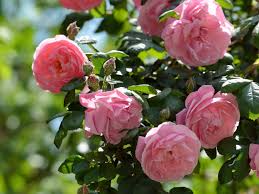
Red rose petals
For the cultivation of these roses we must take into account that they develop better in soils with acid, neutral or alkaline pH. Its underground part will grow vigorously on supports with a sandy, loamy, clayey or very clay texture, these can be kept generally moist, but never flooded. This plant can be placed in a semi-shaded place or with direct exposure to the sun indistinctly.
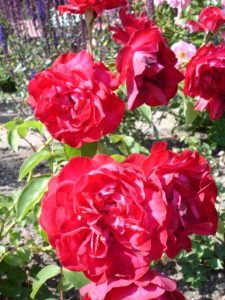
Chinese
Chinese Roses have been cultivated in East Asia for centuries. They have been cultivated in Western Europe since the 18th century. The flowers of the roses of China are characterized by their tendency to “tan”, or darken as they age. In addition flowers tend to fade their color after opening.
These plants are small or medium-sized remnants of open twigs, long and weak. Its flowers can be single or double, appearing alone or in groups of 2 to 13. Its flowering is from summer to autumn. They have acuminate and bright leaflets. They also need a protected position, because they are very sensitive to cold. They are recommended for terraces and borders.
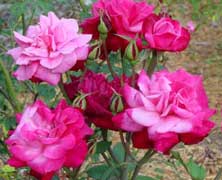
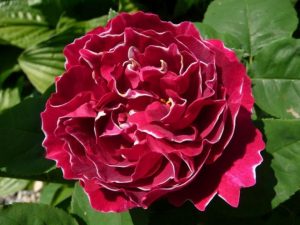
Perpetual hybrid
These plants were the dominant class of roses in Victorian England for their beauty and size. Perpetual hybrids (erroneous translation of hybrides remontants, hybrids reflorecientes) emerged in the thirties of the nineteenth century, and was cultivated a lot for a subsequent exhibition. It is a bush of great resistance to the inclemencies of the time and blooms at the end of the summer or in the beginnings of the autumn.
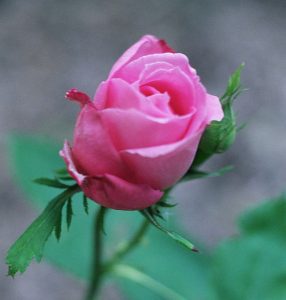
This species was derived largely from the Bourbons, but with mixtures of Chinese, Teas, Damask, Gallicas, and to a lesser extent Noisettes, albas and even Centifolias. This shrub grows with great vigor and strength. With many ramifications, the fully double flowers usually grow solitary, although sometimes groups of up to three roses can be given.
Mossy
Moss Roses also called Mossy, Mossy Roses, are based on a mutation of Rosa x centifolia, the rose Provence or rose cabbage, some of them with damask roses as the other parental.
Mossy roses carry resin-bearing glands in the sepals that often give off a pleasant woody odor or balm when rubbed.
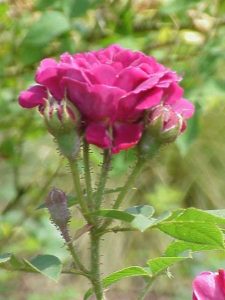
Mossy roses with a centifolia background are blooming all at once. Some moss roses exhibit repeat bloom, which indicates the damask filiation of autumn. These plants are not very dense shrubs but very attractive for the foliage and for the villus that appears in the lower part of the calyx, with the appearance of moss or mold. The leaves are generally dark green.
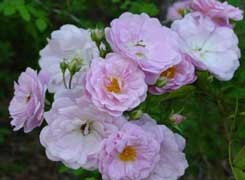
Noisettianos
Noisette roses are also called Noisettianos or Rosal Noisettiano. The first Noisette rose was cultivated as a hybrid seed by a South Carolina rice planter named John Champneys. It arose from the hybridization of the ‘Pink Parson’ Chinese rose and the musk of autumnal flowering (Moschata Rose). Champneys sent seedlings of his rose (called ‘Champneys’ Pink Cluster’) to his gardener friend, Philippe Noisette. He sent the plants to his brother Louis in Paris, who got ‘Blush Noisette’ in 1817.
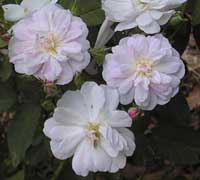
The first Noisettes had small and abundant flowers, climbers quite resistant to winter. But later hybridizations with tea genes created a subclass of the tea-Noisette with larger flowers, small groups, and considerably reduced the resistance of the rose bush to the cold.
They are of constant flowering, as long as there are no extremes of heat or cold.
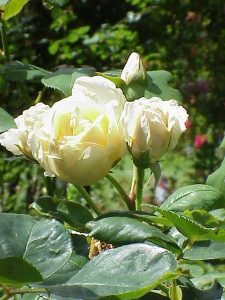
The old roses of this species accept pruning well, they need good drainage, normal soil, and their colors are soft. There is something perfume, a little ephemeral. They need a protected place and it is recommended to install them in walls facing south or west. They do not require much care since they have few problems of pests and diseases, because they are strong, rustic and vigorous.
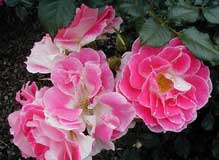
Patio
Patio roses are climbing shrubs with bouquets composed of three to eleven flowers, single or double blooming in summer-autumn. They are very suitable for terraces, borders, hedges and also for their cultivation in flower beds. They are represented by small flowering shrubs, most of them with a height that ranges from a height of 35 to 60 cm and an equal width: 30-60 cm.
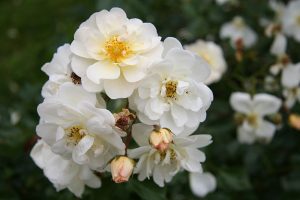
Patio roses are often marketed and sold by the floral industry as indoor plants. However it is important to remember that these plants are descendants of open-air shrubs native to temperate regions. That is why most varieties of patio rose require an annual period of cold dormancy to survive.
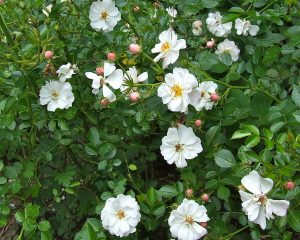
For your cultivation you must bear in mind that the irrigation must be abundant. It is also recommended to add a little liquid fertilizer to the water. The pruning of these plants consists of reducing their height by approximately half. It is necessary to cut the withered roses to get better later blooms.
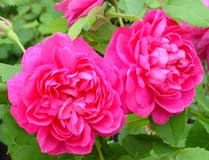
Portland
They are thick and compact shrubs, but less vigorous and more blooming than the Borbonians (Bourbon) from which they come. Its flowers can be semidouble or double in summer-autumn, growing alone or in groups of three. They are recommended for steps and borders.
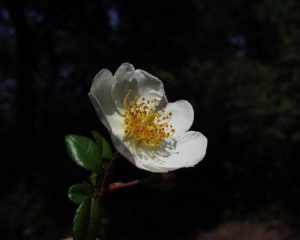
Sempervirens
The Sempervirens Roses are thorny shrubs up to 5 m high, with climbing or creeping stems. Its leaves are persistent, divided into an odd number of leaflets. Its flowers dream to be semi-double or fully double and are hermaphrodite, solitary or in groups of 2 to 9. These have 5 white petals, from 10 to 30 mm; with numerous stamens. This plant usually blooms at the end of summer.
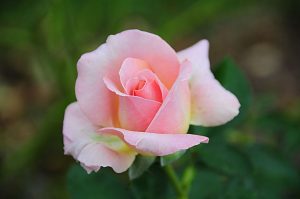
Tea
This is one of the roses belonging to the most beautiful old garden roses. Tea roses are ancient flowers that are born from the cross of two varieties. The first is Rosa gigantea, a native flower that grows at the foot of the Himalayas – in India, northern Burma and Chinensis – which also makes up the largest species of roses. The second is the Chinensis Rose, also known as the Chinese rose because it is native to central China.
The typical tea roses are pastel, from white to pink and yellow. Another characteristic is that it is common for flowers to be somewhat down because the flower stems are weak. They are flowers that resemble the old roses in appearance and can flourish independently or in groups. Its flowering is always from summer until autumn.
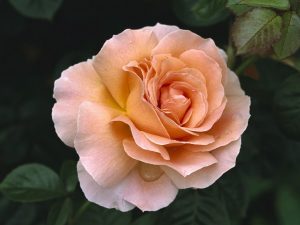
The range of colors includes pastel shades: white, pink and (a novelty at the time) yellow to apricot. Unlike other roses, this one does need a lot of care. It is important where they are located because they only grow strong and with beautiful flowers in sheltered areas of inclement weather.
In addition to these there are spices from Gallicas Roses and Damascena that also belong to the ancient roses.
The beauty of old roses is incredible, I would like to have them all in my garden, but since it is not possible, at least I have them here and in my heart. ?
Remember to like and share on your social networks if you liked this article. Leave us your comments here.
![]()
Share this content:
